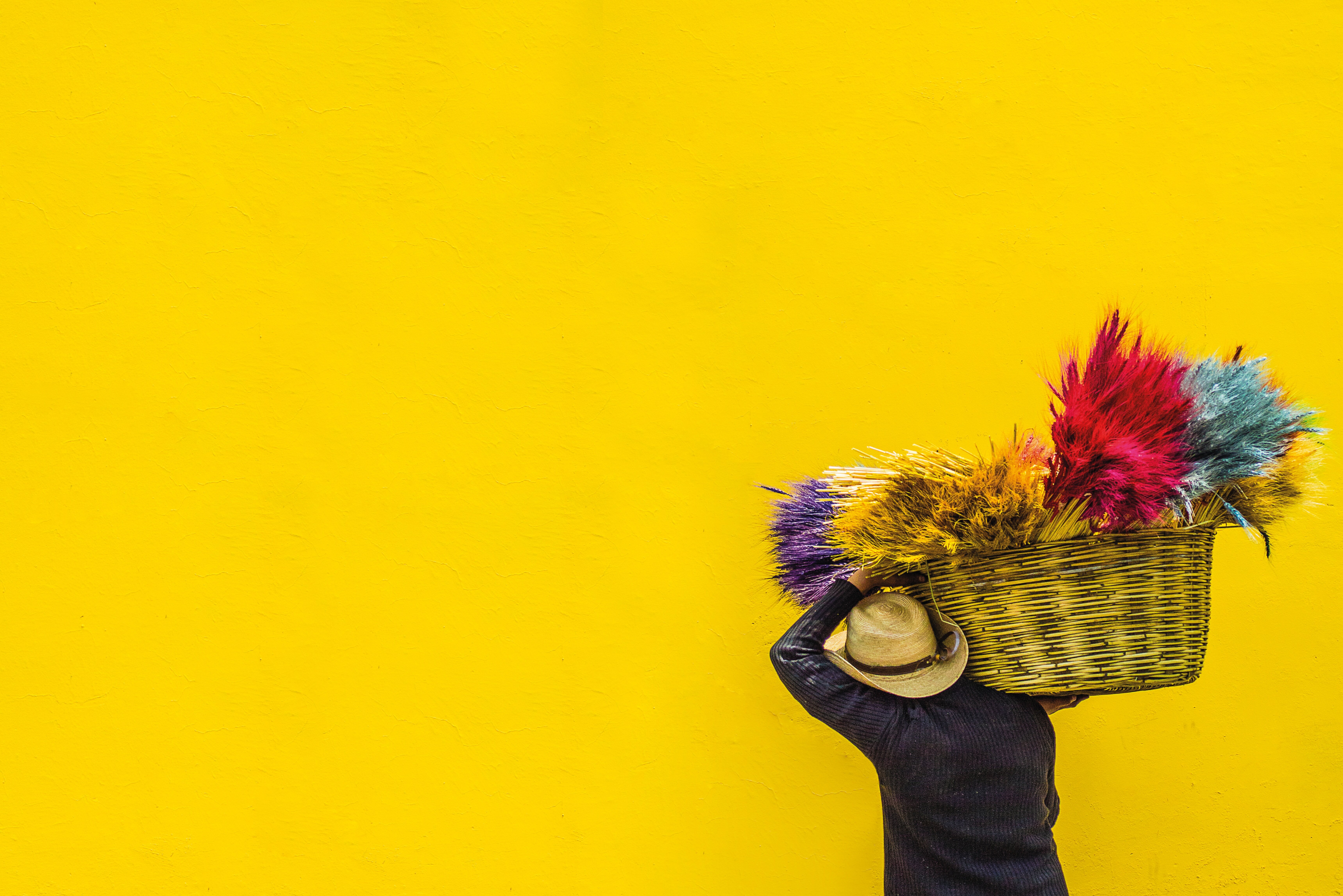Inside AI Photo Processing: How Auto Background Removal and Colorization Handle Black and White Images

I recently spent a good chunk of time looking under the hood of modern image manipulation tools, specifically focusing on how algorithms tackle photographs from a bygone era. It’s fascinating, isn’t it? We take for granted the instantaneous colorization of a dusty family portrait or the clean cutout of a subject from an old newspaper clipping. But behind that seamless result lies a sophisticated dance between computer vision and statistical modeling, especially when dealing with the stark realities of monochrome source material.
When an automated system receives a black and white image, it’s not just seeing shades of gray; it’s interpreting data scarcity. The information that defines color—the spectral signature of reflected light—is entirely absent. This forces the processing engine to make educated guesses, leaning heavily on learned patterns derived from millions of pre-labeled color photographs. I wanted to understand the practical mathematics of that educated guess, particularly when the tool simultaneously attempts to isolate the foreground from the background.
Let’s first consider the colorization process applied to a grayscale image. The system doesn't simply assign random colors; it operates based on probability distributions learned from massive datasets. Imagine a patch of mid-gray pixels representing what might be grass or perhaps a dark suit jacket. The algorithm analyzes the texture, the context of neighboring pixels, and the general luminosity value. If that mid-gray patch exhibits a certain grain pattern common in outdoor scenes, the probability skews heavily toward green, perhaps calibrated to a specific saturation level based on the overall lighting estimation of the scene. Conversely, if the texture suggests smooth fabric in an indoor setting, the system might favor blues or browns. This process involves deep convolutional networks mapping input luminance values to output color channels (like $a$ and $b$ in the CIELAB space), often fine-tuning the results based on semantic segmentation—identifying "sky," "skin," or "wood." It is a continuous process of local inference building up to a globally coherent palette, which is why sometimes the results look eerily correct and other times, bafflingly off.
Now, let’s pivot to the auto background removal aspect when applied to these older images. Unlike modern, high-resolution JPEGs which might have distinct edge information, older photos—especially scans of prints—often suffer from grain, low contrast transitions, or artifacts from the original developing process. The segmentation engine must first establish a reliable boundary between the object of interest and its surroundings. This frequently starts with luminosity thresholding, but that’s rarely enough for complex edges like wispy hair or semi-transparent objects. Therefore, the system often relies on learned object priors; if it detects a human shape, it anticipates the boundary where skin meets air or fabric meets background, even if the grayscale values are ambiguous. It then refines this initial mask using edge detection algorithms tuned to look for sharp discontinuities in gradients, which are often preserved even when color information is missing. The real trick is handling low-contrast backgrounds, where the subject blends almost seamlessly; here, the model defaults to its training data, essentially asking, "What usually separates this kind of foreground from its environment?" It’s a constant negotiation between the visible data and the statistical memory of what a photograph of this type *should* look like.
More Posts from colorizethis.io:
- →7 Time-Saving Techniques for Preparing Photo Collages Online in 2024
- →A Closer Look at How AI Revitalizes Black and White Memories
- →AI Photo Editing in 2024 How Machine Learning Revolutionizes Image Enhancement
- →7 Free Photo Editing Software Alternatives That Match Premium Features in 2024
- →AI Background Removal in 2024 A Technical Comparison of Processing Speed vs Image Quality
- →Exploring the Latest Advancements in AI Image Generators A 2024 Perspective